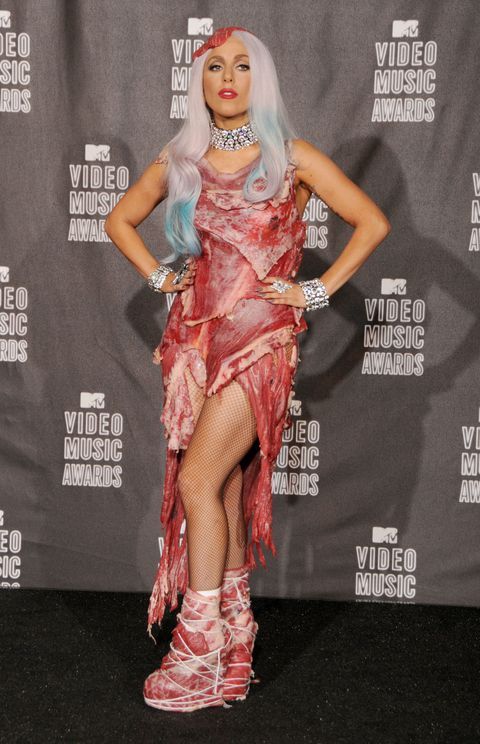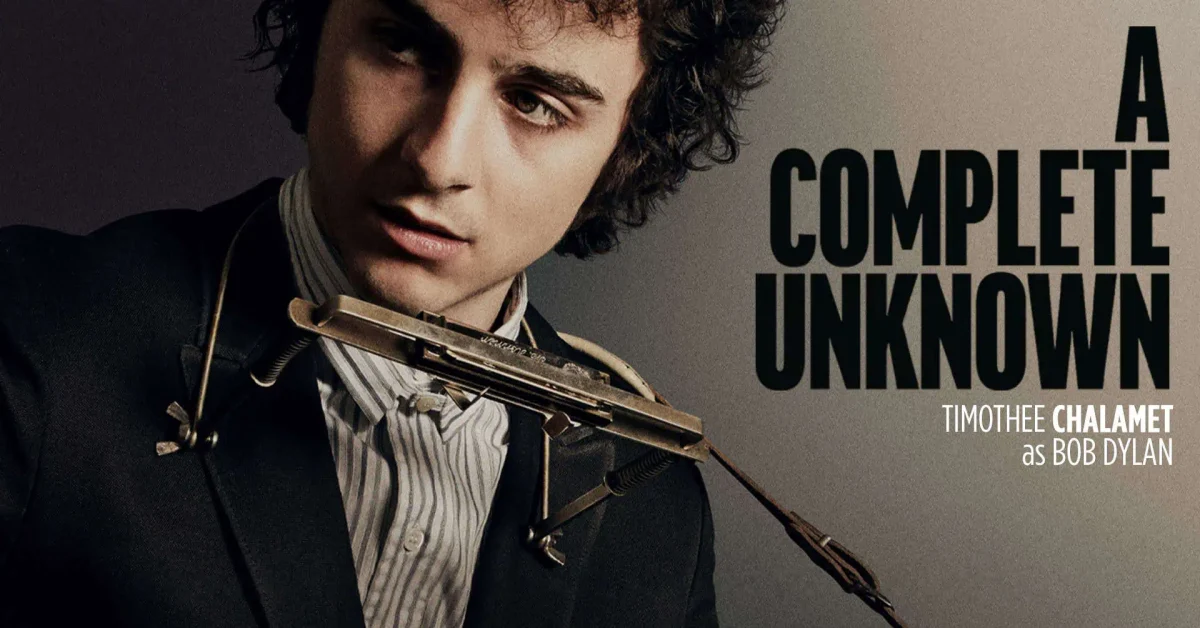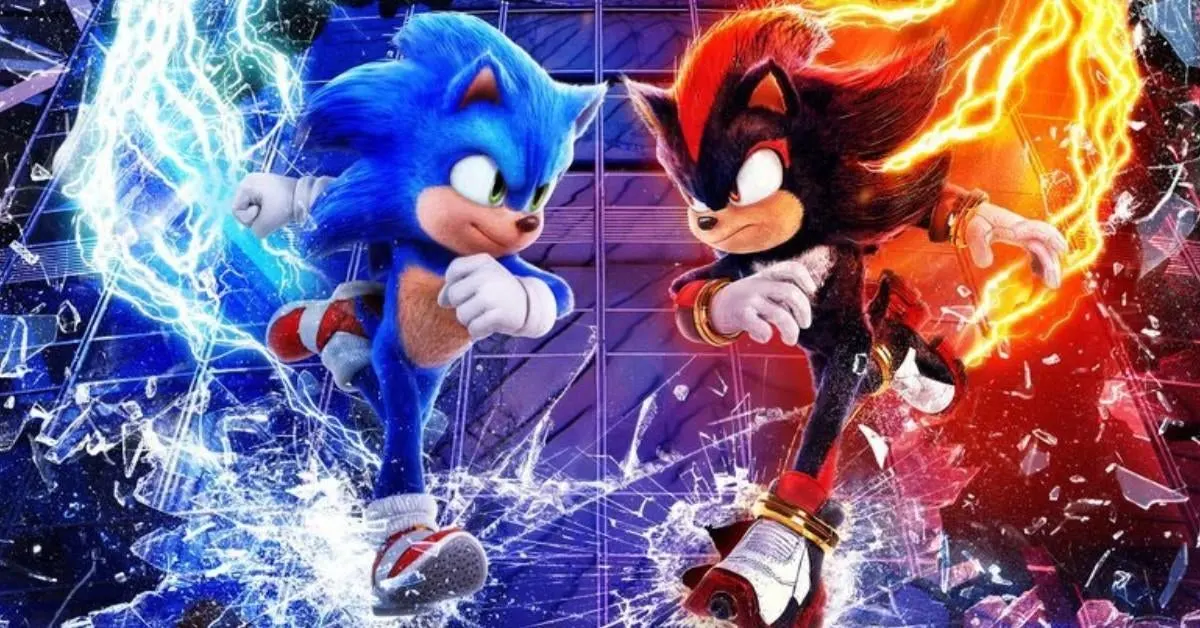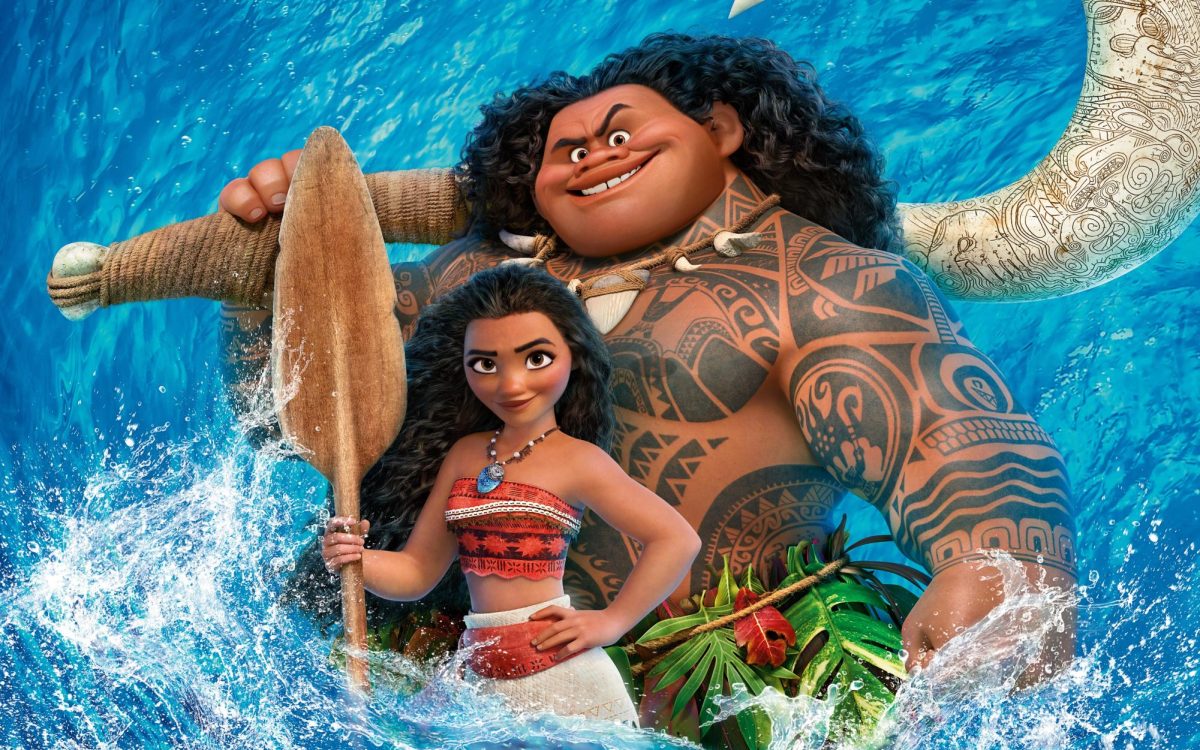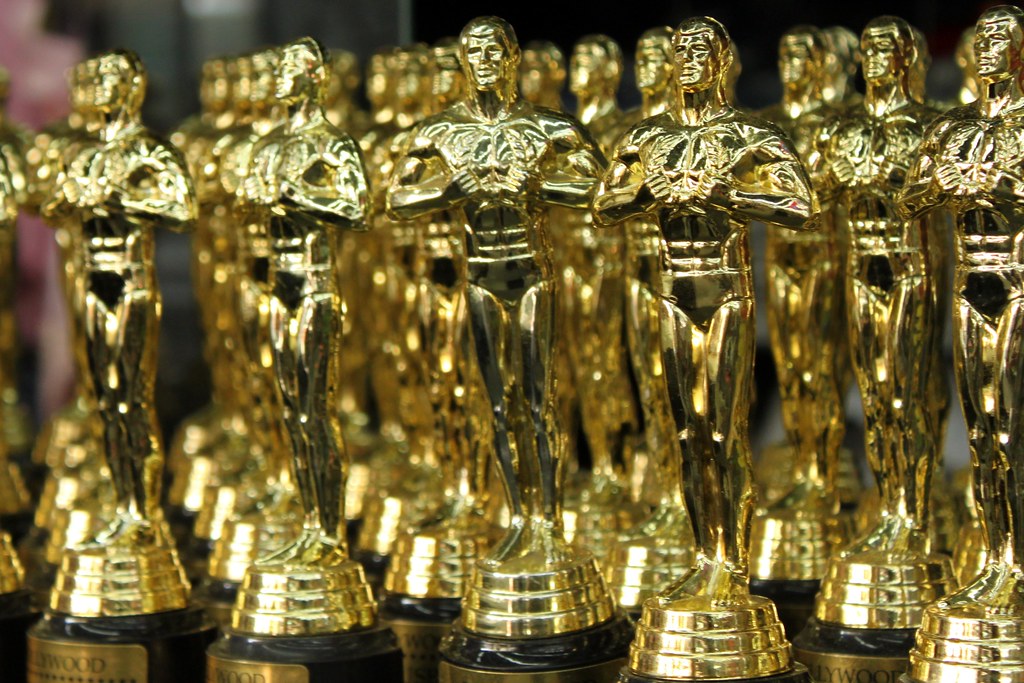Lady Gaga appeared at the 2010 Video Music Awards in a raw beef dress (Cosmopolitan)
By GRACE LIU
Staff Writer
The Met Gala is one of fashion’s largest fundraising events, hosted in New York’s Metropolitan Museum of Art. With previous themes including Heavenly Bodies: Fashion and the Catholic Imagination and China: Through the Looking Glass, this year’s theme is Camp: Notes on Fashion. The exhibition is based off of Susan Sontag’s 1964 essay “Notes on ‘Camp’,” and will feature exaggerated fashion whose awfulness is what makes it good.
Sponsored by Gucci, the Met Gala benefits the Costume Institute, whose spring exhibition is based around the theme of the event. The event is chaired by US Vogue editor-in-chief Anna Wintour, who has led the Met Gala since 1995, and co-chaired by other public figures: Lady Gaga, Alessandro Michele, Harry Styles, and Serena Williams. The choices for the other four co-chairs each have their unique reasons. Alessandro Michele is the current creative director for Gucci. Lady Gaga is a camp icon because of her eccentric outfits such as her meat dress. Harry Styles is a male fashion icon, recently featured in a camp-esque Gucci campaign, and Serena Williams recently challenged the controversial fashion restrictions, especially for women, of the tennis world.
Camp fashion is characterized by superficiality and excess and often employs irony and quotation marks to express an ironic detachment. An example of camp fashion would be Virgil Abloh’s Little Black Dress for Off-White, pre-Fall 2018, which features a little black dress with the words “Little Black Dress” written on it. Pop culture is also heavily featured in camp fashion.
Brands that are often seen as camp include Gucci, which can be seen through over-the-top colors, bold patterns and fabrics, and clashes of such that could be perceived as ridiculous. The Fall 2018 Gucci runway show also featured models holding their own severed heads as they walked, a very shocking sight for a fashion show. Balenciaga, under the creative direction of Demna Gvasalia, express camp through their platform crocs, “thigh-high” boots that are rather comparable to skinny jeans in colors from denim to neon green, blue, and pink, as well as their Triple S Trainers, arguably some of the aesthetically ugliest shoes ever made. Comme des Garcons under Rei Kawakubo, once the theme of the Met Gala, presents camp in forms like egg-shaped dresses, and dramatically multi-layered dresses that look like multi-tiered wedding cakes.
Outside of fashion, camp can be exemplified by Lady Gaga. Outrageous clothing choices aside, which have included a meat dress and a flying dress, her performances can also be examples of camp, such as performing with her head in a box, or arriving at the Grammy’s carried in an egg. Objects like Tiffany lamps and plastic flamingo lawn ornaments are also seen as camp.
The highlight of the Met Gala is the looks presented on the red carpet. While the attendants of the event are supposed to dress to the theme, which is often dramatic, they are often criticized for a lack of creativity or dressing in outfits do not express the spirit of the theme. For example, in 2018, attendants like Kylie Jenner and Karlie Kloss appeared in black dresses with unique cutouts, but did not reflect the theme. This year, hopefully, with the theme’s potential for many different interpretations, attendants will be able to dress to the theme.
Ultimately, Susan Sontag’s “Notes on ‘Camp’” explores what she describes as “love of the unnatural: of artifice and exaggeration…style at the expense of content,” as well as different ways “camp” can be perceived and expressed. The choice of camp as a theme is especially fitting today in relation to the current state of culture and politics. Camp style embodies the chaos and polarization of society. This year’s Met Gala theme holds much potential for creative expression and is open to plenty of interpretation.



